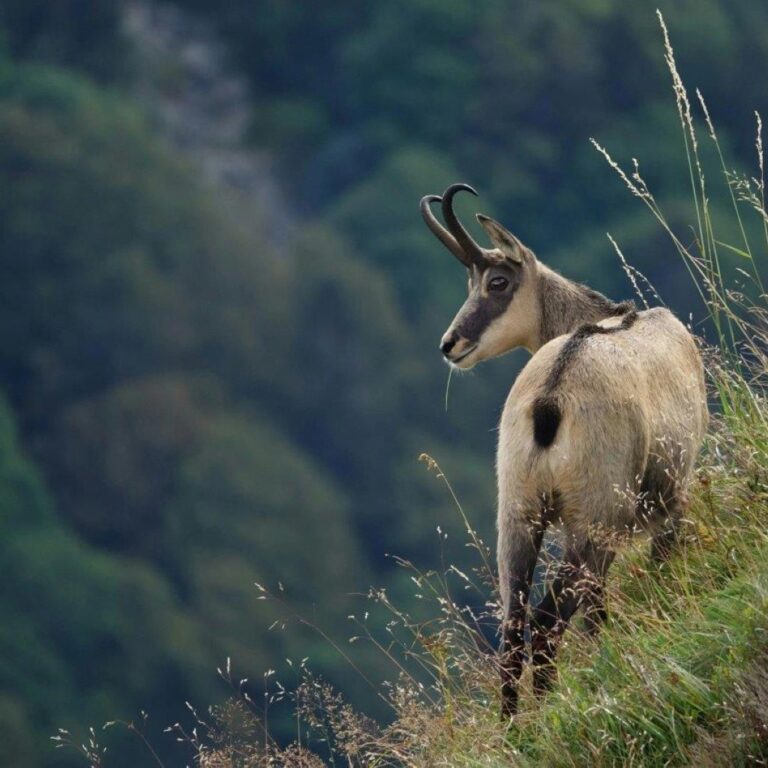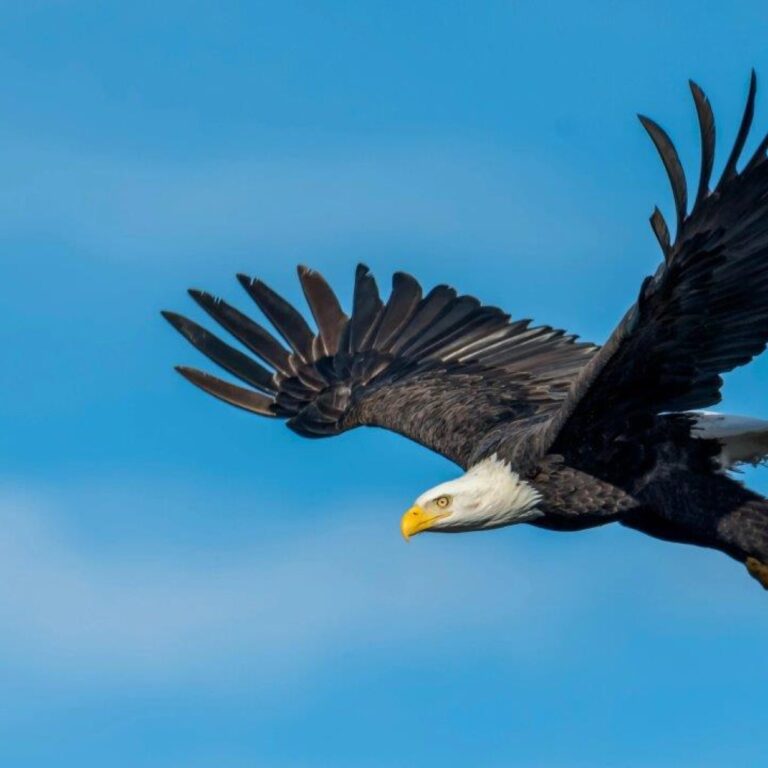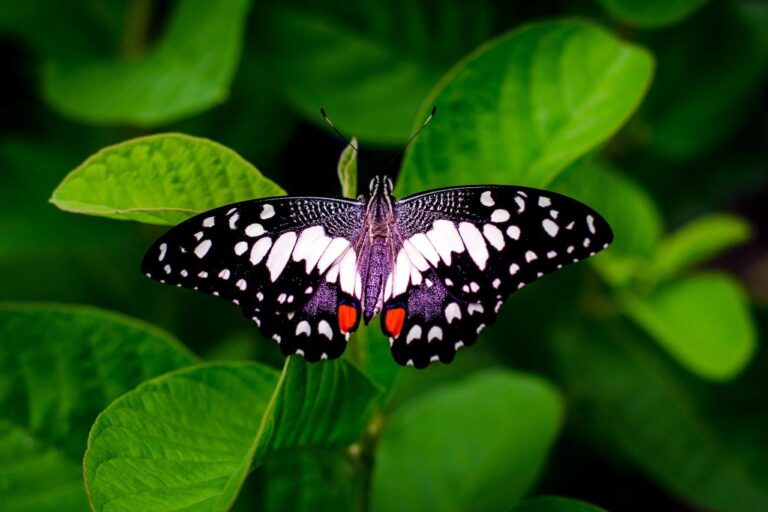Chamois are part of the Bovidae family, which also includes goats, sheep, and antelopes. They are specifically adapted to mountainous environments, where they can be found at elevations of up to 11,800 feet.
The chamois has a distinctive appearance, with short, curved horns, a light brown coat in the summer, and a darker, thicker coat in the winter to protect against the cold.
Chamois are incredibly agile and can leap up to 6 feet vertically and cover horizontal distances of up to 20 feet in a single bound. Their strong legs and specialized hooves allow them to grip rocky surfaces securely.
The hooves of a chamois are uniquely adapted for climbing. The outer edges of their hooves are hard and sharp, providing grip on rock surfaces, while the inner pads are soft and help absorb impact on uneven terrain.
Chamois are primarily herbivores and feed on a variety of vegetation, including grasses, herbs, and leaves. During the winter months, they may also eat lichens and mosses when other food sources are scarce.
Chamois are known for their keen eyesight, which allows them to spot predators and navigate their rugged environment with ease. They are also highly vigilant and will flee at the first sign of danger.
Chamois live in social groups known as herds, which are typically composed of females and their young. Adult males are more solitary and often join the herds only during the breeding season.
The breeding season for chamois, known as the rut, occurs in late autumn. During this time, males become more aggressive and compete for the attention of females through displays of dominance and physical combat.
A female chamois typically gives birth to a single kid in the spring after a gestation period of about 170 days. The young are able to stand and follow their mother within hours of being born.
Chamois are known for their seasonal migrations, moving to lower altitudes during the winter to escape deep snow and find food, and returning to higher elevations in the summer.
The chamois is an important game species in many parts of Europe, where it is hunted for its meat and hide. Chamois leather, made from the skin of these animals, is highly valued for its softness and durability.
Chamois have a lifespan of about 15 to 20 years in the wild, although they face many challenges, including predation by wolves and lynxes, harsh weather conditions, and competition for food.
The chamois is the national animal of Slovenia, where it is featured on the country's coat of arms. It is also a symbol of the Alpine regions in several other European countries.
Conservation efforts are important for protecting chamois populations, particularly in areas where they are threatened by habitat loss, climate change, and overhunting. Many protected areas and national parks have been established to safeguard their habitats.
Chamois are highly adapted to their mountain environments and are considered a keystone species in their ecosystems. Their grazing habits help shape the vegetation patterns in alpine and subalpine regions, supporting a diverse range of other species.


